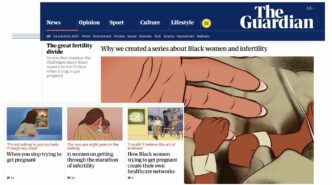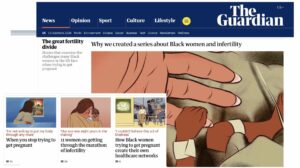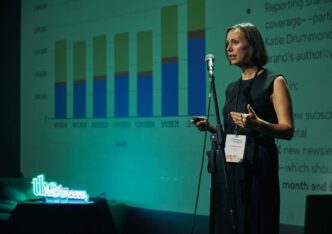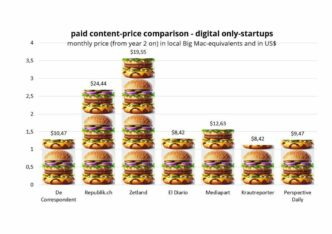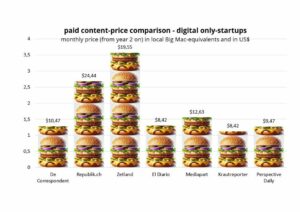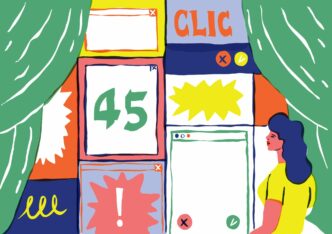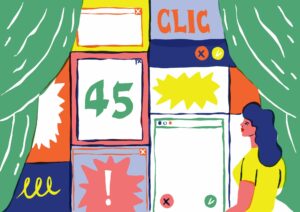

This article wrapped up:
- Conversion rate is a valuable metric for publishers, but it doesn’t allow you to take into consideration the all-important engagement prior to the paywall (something that’s highly important for conversions)
- Tracking and optimizing both premium content visibility and paywall visibility rate will help move users through the funnel towards subscribing in the future
- We recommend aiming for 10-40% premium content visibility rate and 80% paywall visibility rate, but ultimately testing is the only way to find what is optimal for your strategy
The reader needs to find your site (acquisition), become increasingly more interested (engagement), see your premium content and be frustrated enough by the paywall to decide to convert.
These final two steps involve the visibility of your premium offer, and are the often-forgotten essential steps to optimize in your subscription strategy.
So, what are these visibility metrics? Why are they important? And how can you optimize them in order to increase overall conversion rates?
There are two types of visibility rate metrics:
- Premium content visibility
The percentage of users on your site who visit a premium content and have the potential to be exposed to the paywall
No. of readers who visit a premium content / Total no. of visitors to your site
- Paywall visibility rate
The percentage of users who visit premium content and also see the paywall.
No. of readers who see the paywall / Total no. of visitors to premium content
Why is visibility important?
Publishers employing a premium strategy tend to focus on conversion rates as their north star metric. Of course, the number of users who fully convert into subscribers is important, but this metric doesn’t take into account the value of engagement prior to the paywall.
In fact, conversion rate is a metric designed for the ecommerce industry, where the buying process is all about impulsive decisions. Subscriptions (in the publishing industry) however are hugely dependent on a user becoming gradually more engaged before finally making the decision to convert.
For this reason, it’s important to consider and optimize the engagement funnel prior to the paywall.
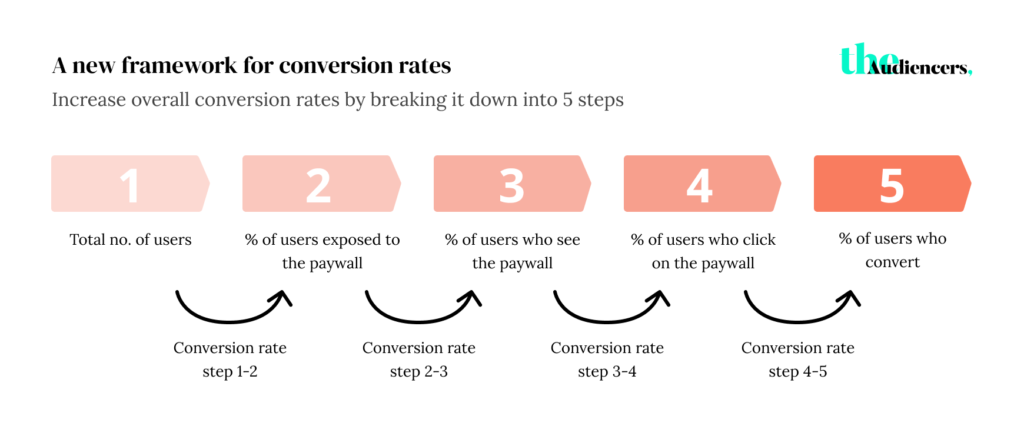
In a recent white paper, we covered the 5 key metrics to track and optimize which will accumulate to increase overall user-to-subscriber conversion rates.
The first 2 of these steps refer to visibility.
Premium content visibility
In a Poool study analyzing the content strategy of 75 digital publishers, we discovered a correlation between traffic on premium content and the reader-to-subscriber conversion rate. This correlation was true up to 40% premium content visibility (which means 40% of your visitors would be exposed to premium content).
This suggests that by increasing the visibility of premium content, and thus the number of visits to paid content, you’ll increase the number of conversions.
As this correlation seems to only be true only up to 40% visibility, we’d recommend aiming for 10-40% visibility rate and testing from these to find the best percentage for your individual case.
How do you increase the visibility of paid content?
The assumption is that you’d need to increase the amount of premium content published. However, you can instead work on optimizing the visibility of the content already on your site:
- Place premium content at the top of your homepage
- Promote premium content inside other articles
- Recommend these articles to your users (at the end of content, in email campaigns etc)
- Place more premium content in your newsletter, on social media, etc.
For instance, on the homepage of Digiday, ELLE France and El Pais’ sites, you can clearly see that they employ a subscription strategy as premium content is given a unique tag. For many publishers, this involves a single color that’s associated with subscription. In most cases in France, this is yellow.
Paywall visibility rate
There is actually a significant loss of readers moving from visiting the premium article to actually seeing the paywall (the next step in the funnel). Of course, this step is valuable as the visibility of your paywall will correlate with the number of users who convert through this paywall (you can’t click through a paywall if you never see it!)
However, like everything in the world of conversion strategies, it’s about finding a perfect balance between frustration and engagement.
Whilst a paywall visibility rate of 100% might frustrate your reader too much and turn them away from subscribing as they never got the chance to engage, a low visibility rate won’t create enough frustration and will result in only your most engaged users subscribing.
Having said this, the ‘perfect balance’ is different for every publisher and we can see successful examples at both ends of the scale.
Le Monde, one of France’s most popular publications, has an extremely low visibility rate where it takes a good few scrolls down the article before being presented with the paywall.
On the other hand, Financial Times, Washington Post and the New York Times have 100% visibility rate with their paywall.
Financial Times presents a full-page paywall.
The Washington Post employs a pop-up hard paywall.
The New York Times blocks the full article with an anti-scroll paywall.
Whilst El Pais finds a middle ground and shows readers only afew lines of content before blocking.
How do you increase paywall visibility rate?
It’s not necessarily about increasing here, but about finding the optimal rate for your situation. To achieve this, we’d recommend aiming for 80% visibility rate and testing from here, as well as considering segmenting audiences and employing adapted strategies for each type of audience.
You can also consider employing a metered strategy, one that offers users access to a quota of articles for free before being blocked by the paywall. This will also help reduce the risks of launching a paywall on your advertising revenue, traffic or SEO.
You can also try:
- Employing a different wall on mobiles (where the wall is seemingly further down the page than on desktop)
- Increase wall visibility with a full screen paywall, pop-up wall or anti-scroll wall.
- Segment audiences based on level of engagement, employing a higher visibility rate for your most engaged users and a lower visibility rate for volatile traffic who need more engagement before being convinced to convert (p.s. You can do this on the Poool Dashboard!)
- Segment your content and employ a different visibility rate based on the content type. For instance, more popular content could have a higher visibility rate than less popular premium content
- Optimize the order in which scripts are called to the page to configure a wall to appear sooner in the case of bad connection
Note: depending on your paywall set-up, it’s also important to take SEO into consideration here. For instance, if you’re employing a hard paywall with a server-side blocking method, you should ensure you follow Google’s lead-in recommendations where essential text is left above the paywall to optimize search engine performance.
Find out more about paywalls and SEO in our white paper.

